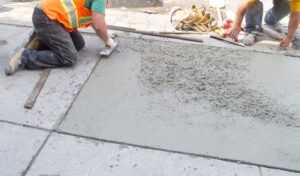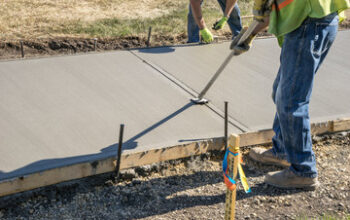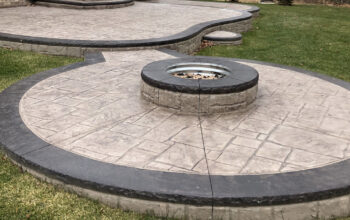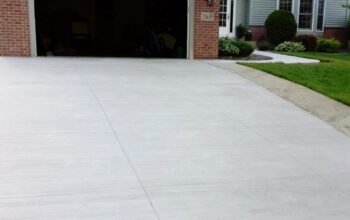If your home is experiencing problems with your concrete, you should consider hiring a professional to fix it. There are several different types of concrete repairs you can choose from. Depending on the problem, you may need to replace a few tiles or the entire concrete slab. If you have any questions about concrete repair, contact a professional who can offer a free estimate. Here are some things to look out for and how they can affect the value of your home.

Concrete Repair can make a difference in the project’s final cost, but hiring an expert is essential to ensure the job is done right. When performing a concrete repair, it’s necessary to know the factors that cause the concrete to fail and then consider the repair method that best restores the structural integrity. You also need to ensure that you’re correctly preparing the existing concrete because improper preparation will cause the repair to be subpar.
Before repairing the concrete, you should dampen the area to be repaired. A damp plastic or burlap sheet may be used as a moisture barrier. The moist curing period allows the new concrete to bond with the existing concrete slowly. This reduces the chance of shrinking and loosening after the repair. You can also apply heat to the repaired area to speed up the curing process. Follow all instructions carefully if using a chemical or a hot water mixture.
In addition to the chemical and physical properties of concrete, you need to consider the location of the repair. Certain areas restrict access to equipment that might be necessary for repairing the concrete. Certain types of repair products are odorous, toxic, and explosive. The process is also a potential source of noise and air pollution. Therefore, it’s essential to consider how much time your company or community can afford to lose due to a concrete repair.
After removing loose areas and stains, you can begin to prepare the surface for repair. It’s essential to remove crumbling areas and remove open edges. You can use a heavy-duty trowel to do this task or a sled and a cold chisel to remove larger sizes. Make sure you vacuum or hose down to a solid base before starting the concrete repair process. You can contact a contractor if you’re not confident about your skills or don’t want to wait for nature to work.
Before starting a concrete repair, ensure the cracks are at least 1/4 inch wide. Cracks with larger openings can be challenging to fill. However, identify the reasons for the cracking before attempting this concrete repair. You can try reapplying urethane sealant if it is necessary. If your application is old and needs to be reapplied, you can use a flexible one designed to stick to the surface.
While there are several types of concrete repair materials, you can use a mixture of Sand Mix and Acrylic Fortifier to patch the surface. Be sure to use a good quality cementitious mortar to ensure the outcome. Mapei is a great source of concrete repair products. For example, Mapecem 100 is a cost-effective cementitious mortar used to repair concrete defects and slop floors. Mapecem 100 is made with high-hydration cement technology and allows you to resume normal traffic within three to four hours.
There are two main types of concrete defects: surface and major. Surface defects are the easiest to fix but require careful preparation and finishing. Surface defects may also be due to various other causes, including normal temperature and humidity gradients. These conditions can result in cracks or abrasion on the concrete. Contact a professional if you’re unsure which one applies to your property. In either case, you’ll want to know exactly what the problem is so you can best resolve it.
The problem with your concrete structure is visible to the naked eye. Cracking or honeycombing are signs of structural issues caused by improper design, stripping, or drying shrinkage. To fix these issues, you should contact a registered professional engineer for a thorough evaluation. This way, you’ll ensure that the repairs are correctly done the first time. If you have problems with your concrete slab, a registered engineer can determine the damage’s extent.



